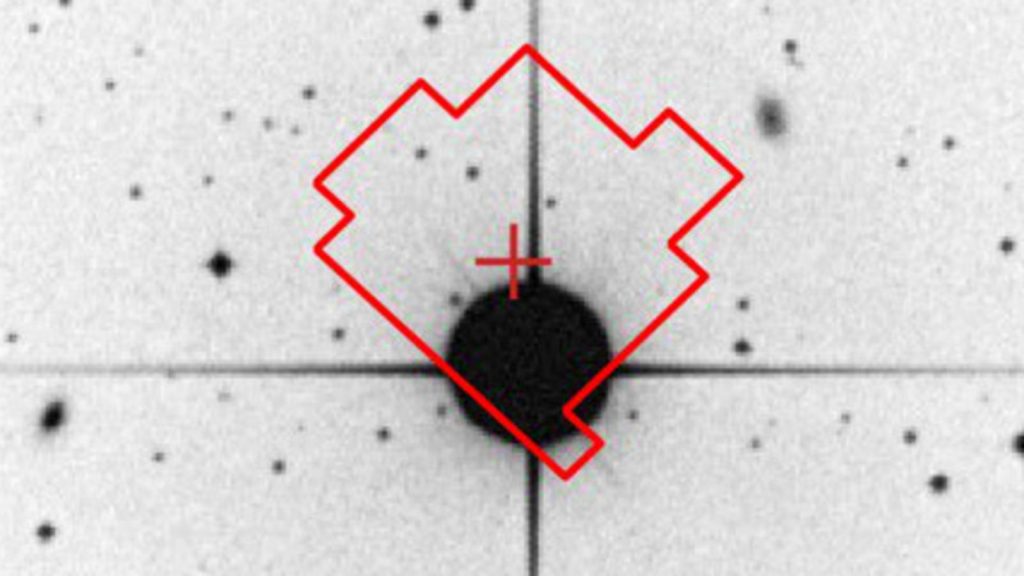NASA’s space telescope The Transiting Exoplanet Survey Satellite (TESS), discovered two exoplanets in two days. The first one was found on the eve of Wednesday, September 19. And the latest one on the following day. These two planets are similar to the Earth. They’re much closer to our planet than Kepler-452b. This exoplanet was discovered in 2015, by the Kepler Mission. And is 1,400 light-years away.
The planet hunter
TESS was launched to Earth orbit on April 18 atop a SpaceX Falcon 9 rocket, and began its two-year mission. It uses four wide-field, 16.8MP cameras designed and built by the Massachusetts Institute of Technology’s Lincoln Laboratory to capture detailed images of stars and other objects in space.
It covers an extension 350 times greater than NASA’s earlier Kepler mission. The planet-hunting team searches for drops or dips in a star’s brightness in successive images. Dips may indicate that something is passing in front of the star, hopefully, an exoplanet. TESS observes the sky for 27 days before moving to the next location.
The discovery of the new planets was announced on NASA’s Twitter account (NASA_TESS):
“The @NASA_TESS team is excited to announce the mission’s first candidate planet — a super-Earth around the bright star Pi Mensae, nearly 60 light-years away. The planet orbits every 6.3 days. The discovery is now being reviewed by other scientists to validate it. Stay tuned!” – NASA wrote on its Twitter account.

The exoplanets
An exoplanet is a planet with almost the same density as the Earth. It orbits around stars different from our Sun’s solar system. Density doesn’t determinate that these planets have the conditions for humans to live in them. Finding these exoplanets was the first step to make a complete study on them, to know if they are habitable.
The first exoplanet, discovered on September 19, is called Pi Mensae c. Its size is about 2.14 times Earth’s radius and 4.82 times Earth’s density. The preliminary studies have indicated that it has an iron core and also contains water, methane, hydrogen, and helium. Pi Mensae c is at a 60 light years distance from the Earth.
The second exoplanet was discovered on September 20, at the distance of 49 light years. Astronomers called it the Hot Ground. It’s much farther away than our planet and orbits a dwarf star class M LHS 3844. There’s still no much information about this second discovery.

Both exoplanets seem to be too hot for humans to live in them, but NASA has yet to prove that this information is valid. They still think that they may be habitable, and haven’t said the contrary. Either way, TESS, and the planet-hunting team keep they search for more planets that may work to relocate the human race. Stay tuned for more advances on this discoveries!
Source: Fox News
